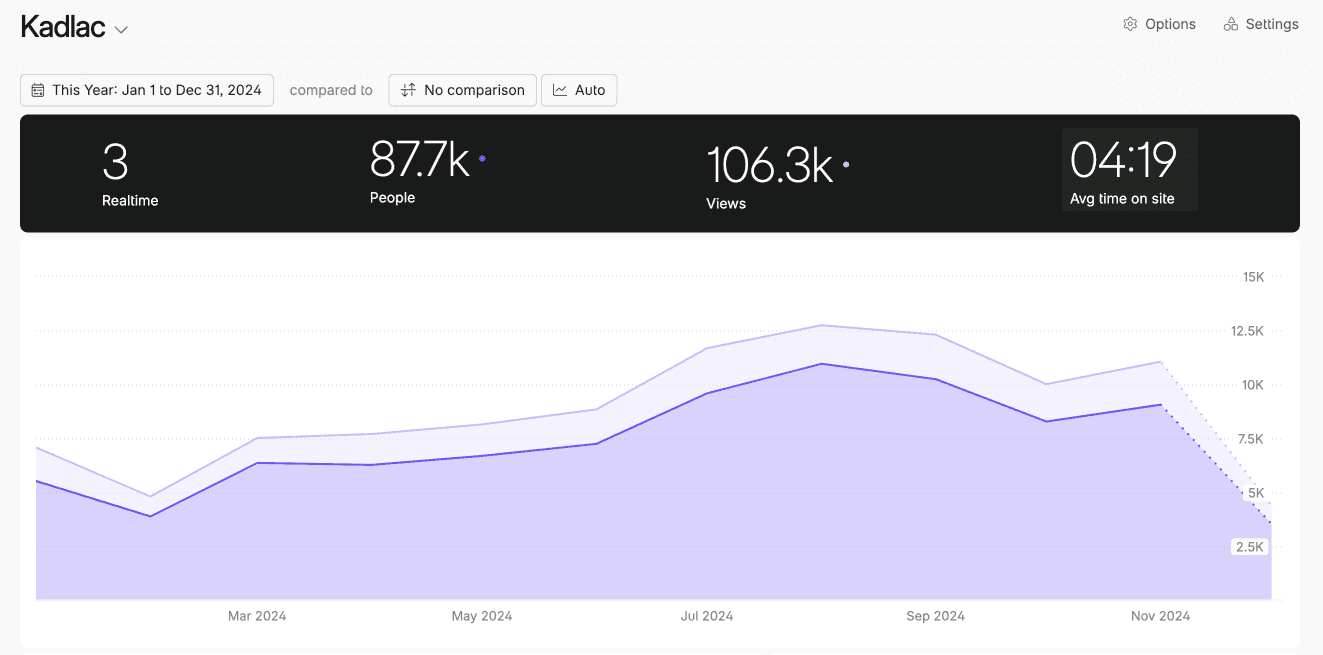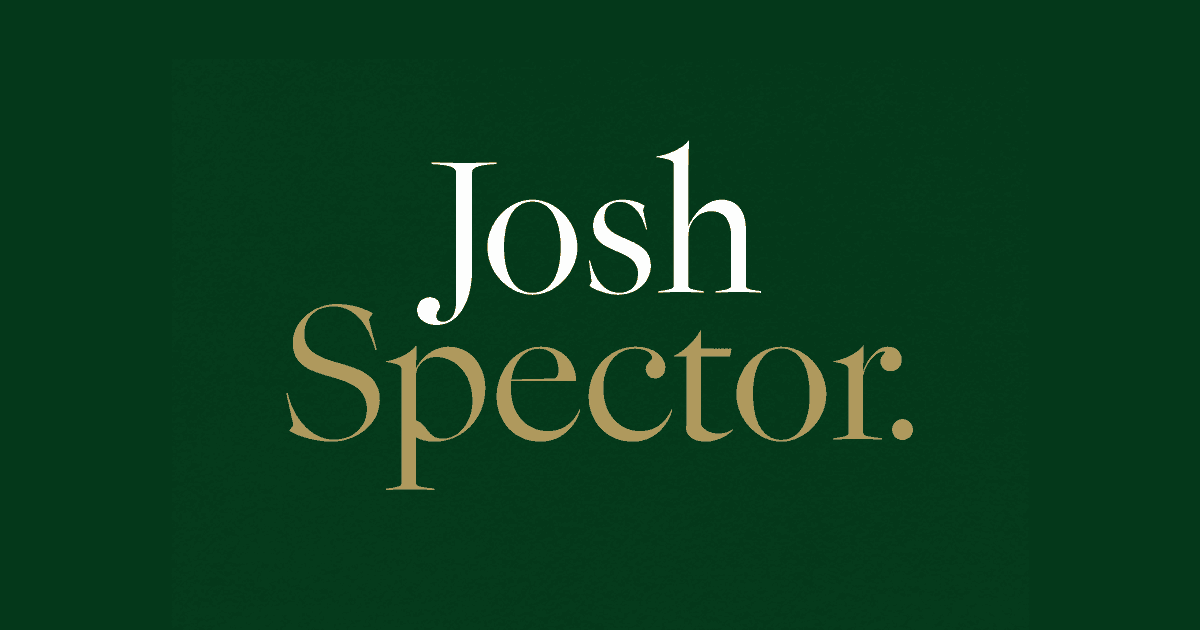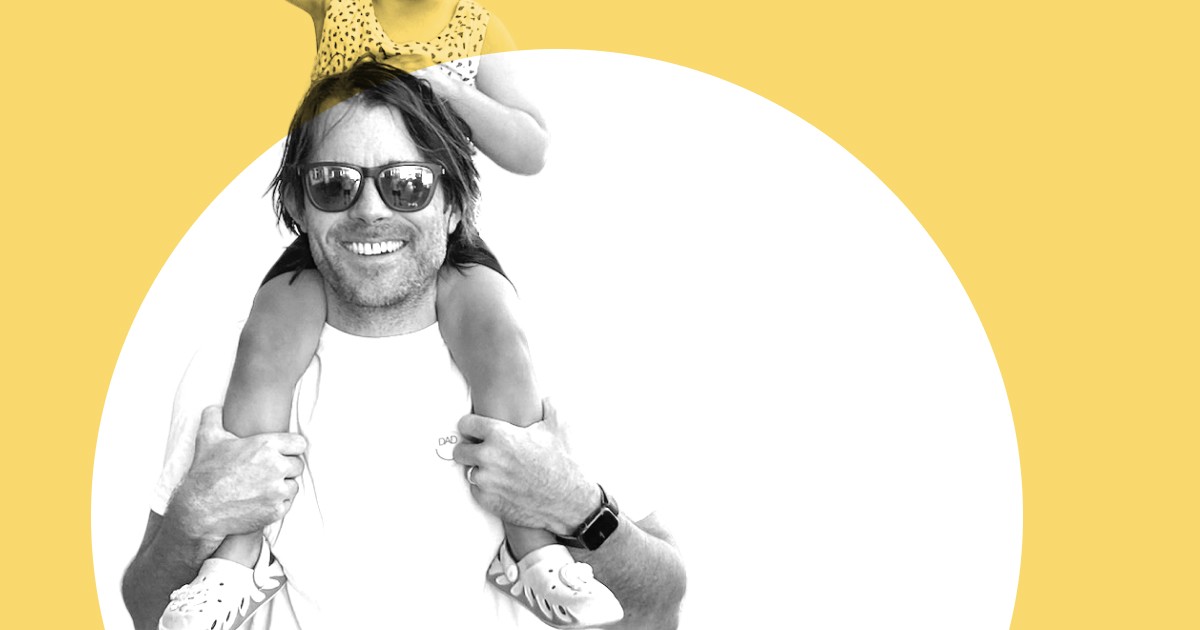Why form follows function is a lazy excuse for bad design
Jun 26, 2022
Ask a typical American where they want to travel next. Europe is an answer high on the list.
“Where in Europe?”
“Doesn’t matter. Just somewhere in Europe. Maybe Paris.”
I’ve been guilty of this same answer myself. In fact, our next trip will be somewhere in Europe. Maybe Paris.
But I think there’s a reason behind this.
We’re starved for beauty. And Europe is just 7-10 hours away for us in the States to lather our senses with it.

My first trip overseas trip was to London in 2004. I stayed in an old dusty hostel with a bunch of Australians sitting in a lobby centered around a 24-pack of Foster’s beer, who promptly criticized the quality but laughed at the ridiculousness of the scene.
I roamed the cobblestone streets of London, fetching two-story buses as often as I could, promptly getting lost and saved by a South African woman.
I stared up at Big Ben’s beauty, navigated the Tate Museum, and strode through Piccadilly Circus. I had zero dollars to my name but I remember coming home from that trip thinking, “I could have walked around with a bag over my head while carrying a squirrel, and no one would have even cared.”

This sense of beauty found in old cities is something I find difficult to find here in the States. The modernist approach permits the Ikeafication of all things minimalist.
That first trip to Europe carved a hole in my soul that exists today. It’s a longing for experiencing beauty. It’s a sense that can only be filled with the next trip to somewhere unrestricted in its environment. It’s why I would prefer to walk the streets of Golden Gai in Shinjuku or grab a Songthaew in Chiang Mai over sitting on a beach in Hawaii (which of course is incredible in its own right).
And it’s these memories and recollections of beauty that make me cringe at the words, “form follows function.”

Form follows function. The wet dream of modernism.
This idea originally started from an essay titled, Ornament and Crime. Written by architect Adolf Loos in 1913—a convicted pedophile.
Adolf wrote, “If I want to eat a piece of gingerbread I will choose one that is completely plain and not a piece which represents a baby in arms of a horserider, a piece which is covered over and over with decoration. The man of the fifteenth century would not understand me. But modern people will.”
Count me on the side of the fifteenth-century man who enjoys his gingerbread cookies that represent a baby in the arms of a horserider.
Later, the architect Louis Sullivan picked up the ball and coined the maxim as we know it today, saying, “a rationally designed structure may not necessarily be beautiful but no building can be beautiful that does not have a rationally designed structure.”

The saying, “Form follows function” persists in our culture today. Manifesting itself in architecture, software, and even cars.
These are also a part of our daily design decisions, when we choose default templates for our websites, slide decks, and newsletters.
It’s a phrase thrown around so regularly that it’s a backstop to most bad design decisions.
But beauty is function. And without it, we lose ourselves in the mundane. It’s why the High Line in New York City is such a popular destination, a public park repurposed from an old train line, so clearly designed with beauty in mind.
You might think my take on form follows function should be function following form.
But it’s not. It’s about being thoughtful about your design decisions up front, and not waiting to hire a designer after your stack your team with engineers to launch your template-based MVP lacking any experiential take.
By being thoughtful, you begin to see the touchpoints of detail, and what is aesthetically pleasing. Not just beauty for beauty’s sake, but for having a sense of character.
It’s why I think fondly of my time in London, and how I arrived home and immediately dropped my bags to edit my very first travel video. Even with a crusty and pixelated lens, you can see the character of the city emanate against the curious choice of Elliot Smith’s, Needle In the Hay.
Don’t judge me. It’s beautiful.
Curious about what tools will help you build your own creative business?
Get my free toolkit of 59+ resources that will help you learn, create, and sell online.



